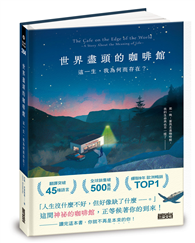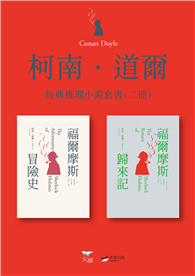"Mereology: The Origins of Garlic Cures and the Art of Telling a Tale of Ragout" is scientific journalism of philosophical proportions that entertains and informs layman while providing a method for scientists to use in understanding the "proto-concepts" underscoring their own theories; thus opening an awareness to "where", "when", "how" and "why" scientists have arrived at the questionable time and space in which they (and we) are all now living. As a delivery device, humorous life experiences as well as tragic tasty metaphors and toothsome examples, as are befitting a Tale of Ragout, are used to bring forth meaning and context in the difficult to understand "proto-concepts", and transport, with speeds reaching well beyond those of light particles, the reader along with tales of amputation, murder, poisonings, mafia dealings, nuthouse internment, cross country bicycle tours, skateboarding, conspiracy-theories-come-true, indiscriminate sexual encounters and punk rock.The theoretic dialogue in the book is based on the phenomenological works of Edmund Husserl, Ernst Cassirer, Mikhail Bahktin and Max Scheler, and argue that George Berkeley, Gottfried Leibniz and Baruch Spinoza separately deconstructed the mereological experience found in Ancient Philosophy (in general). Mostly, the Garlic Cures uses as its main go-to Ancient source, as the argument is simplified for the sake of making the book less than five hundred pages, the works of Aristotle.
| FindBook |
|
有 1 項符合
dirk stolte的圖書 |
 |
$ 1374 | Mereology: The Origins of Garlic Cures and the Art of Telling a Tale of Ragout
作者:Lyons、Keith Andre 出版社:Dirk Stolte 出版日期:2015-10-19 語言:英文 規格:平裝 / 386頁 / 22.91 x 15.19 x 2.03 cm / 普通級 / 初版  看圖書介紹 看圖書介紹
|
|
|
作者簡介
Keith Lyons studied philosophy at the University of Wisconsin, Green Bay (USA) during a time (1987 - 1992) when a number of Phenomenologists - former students of Erich Fromm, Max Wertheimer, Aron Gurwitsch, Hannah Arendt, Leo Strauss, and Hans Jonas at the New School of Social Research - filled the still then existent Philosophy Department. After having obtained his B.A., he moved to Germany where he continued to study at the Albert-Ludwig University in Freiburg. Following a three year stint there, and not having acquired a Doctorate but having acquired a child, he did a number of things for a number of years (mostly ran skateboard supply shops, built skateboard parks and managed a skateboard team) before being hired as a teacher at the Dalian University of Finance and Economics, Dalian China. He stayed there for two years, with his German wife and daughter along for the ride, and then returned to Germany where he has been, ever since, reading and writing - but now with two more acquired children in the mix.
|











